Soft incandescent light slips between the skyscrapers, and the curves of a resting body. As though their forms were a hallucination, or a vision from another time. We step into a moment of absent-minded dreaming, we sink into a state of Reverie.
If you’re interested in purchasing a copy of Reverie (2015) by Jake Weisz - get in touch!
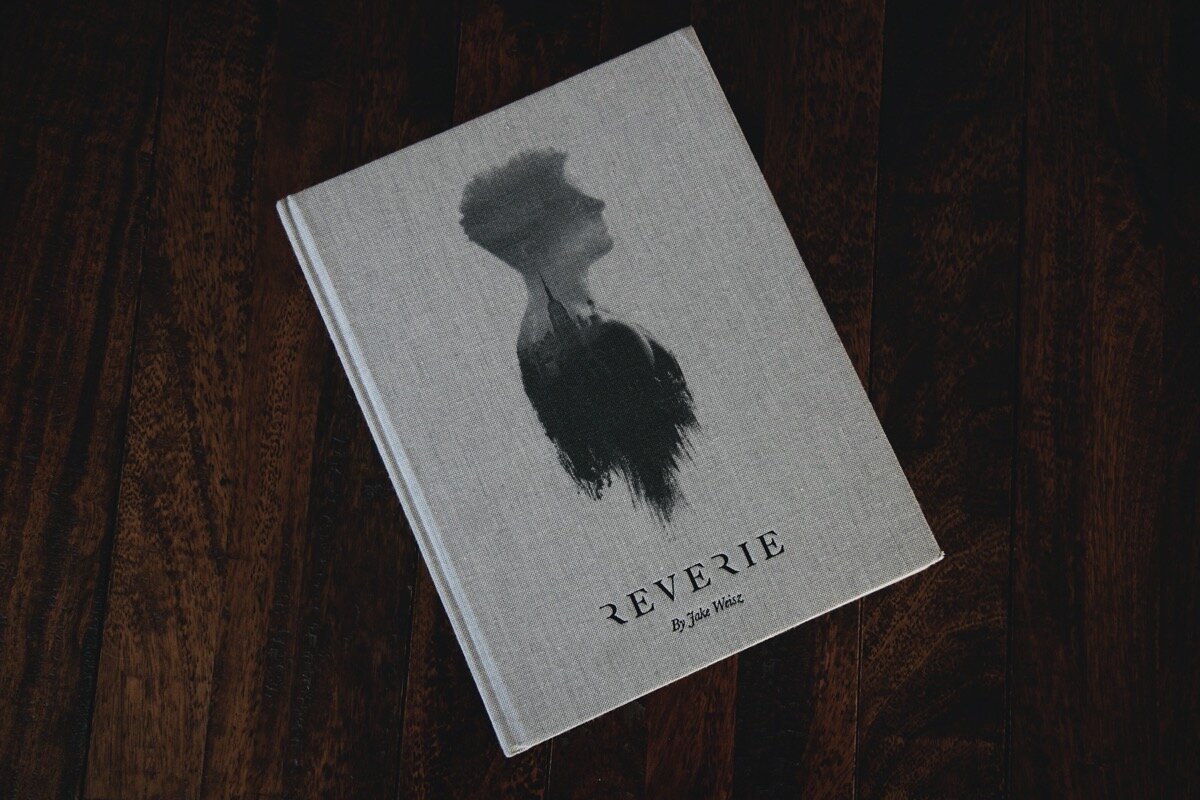
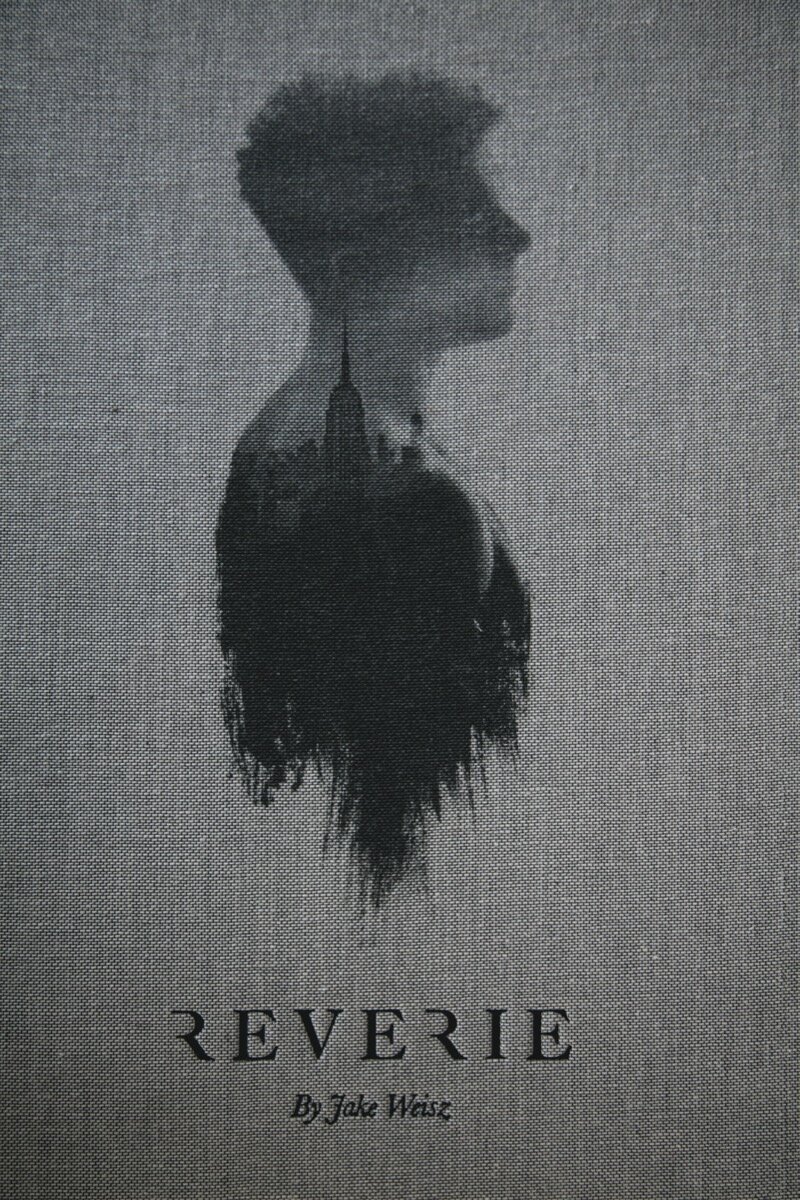
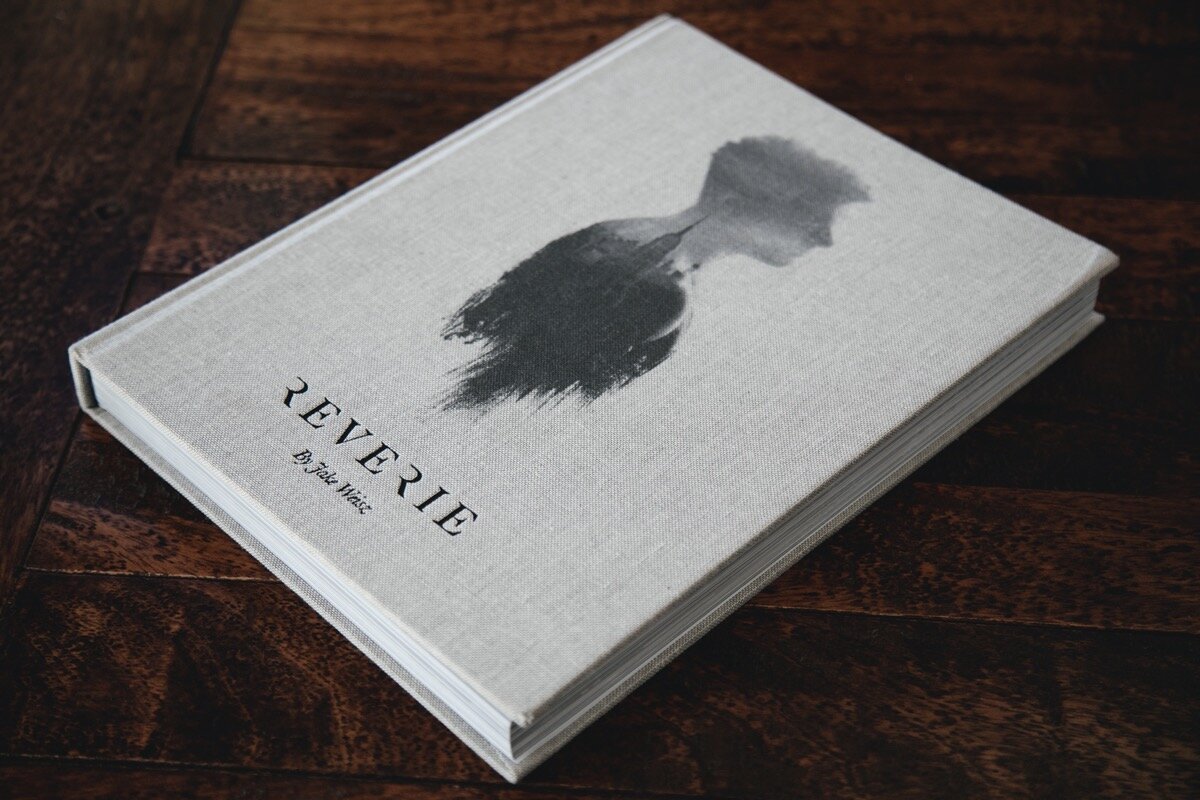
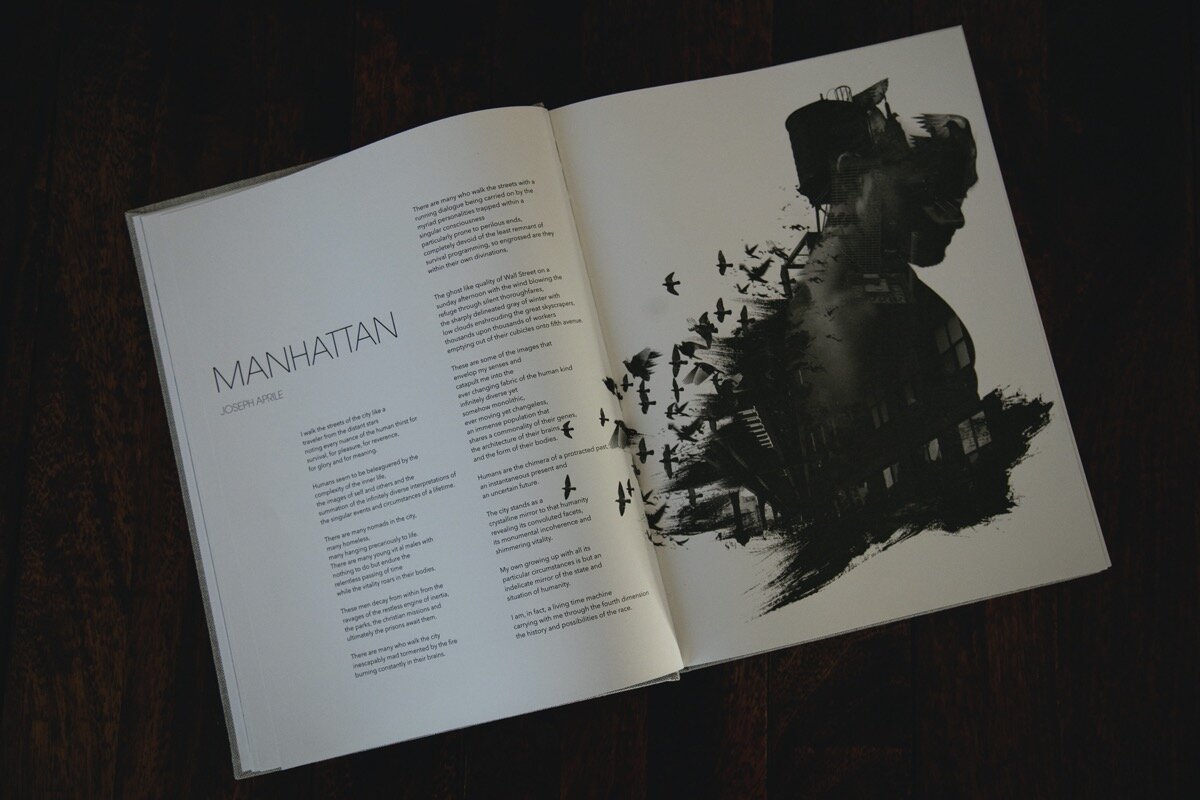
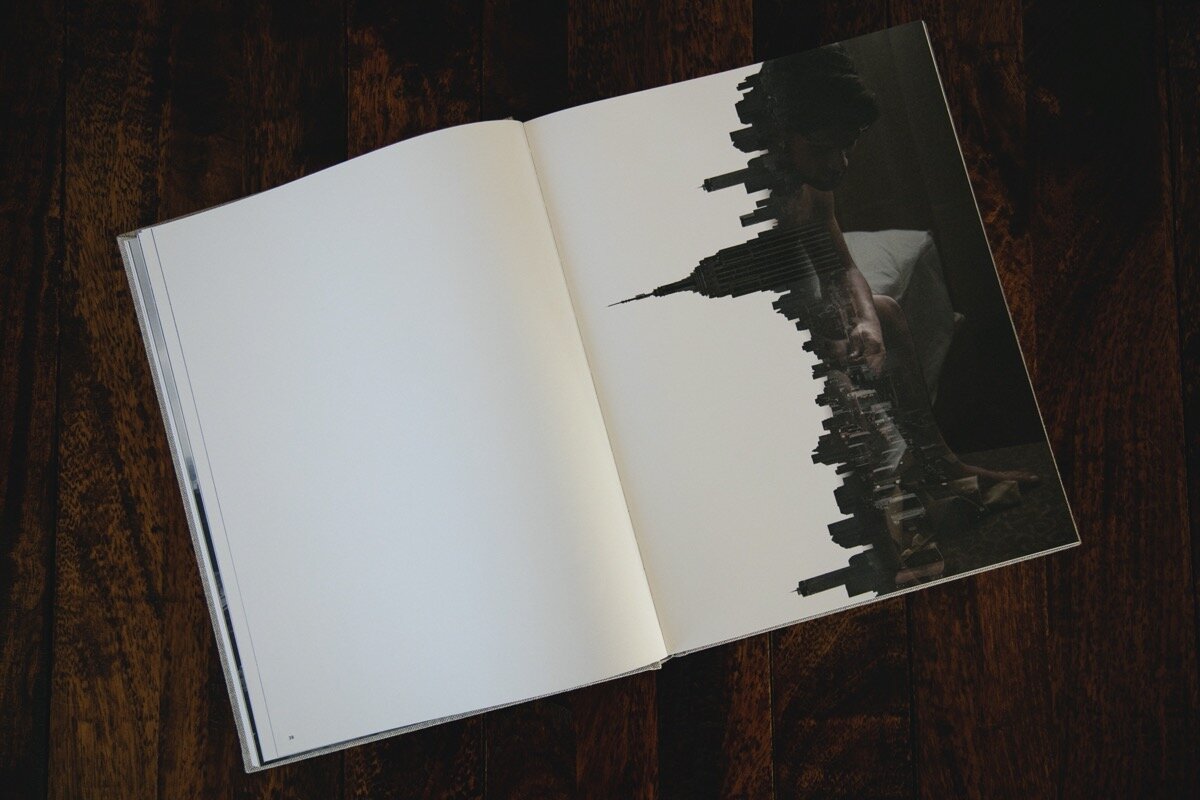
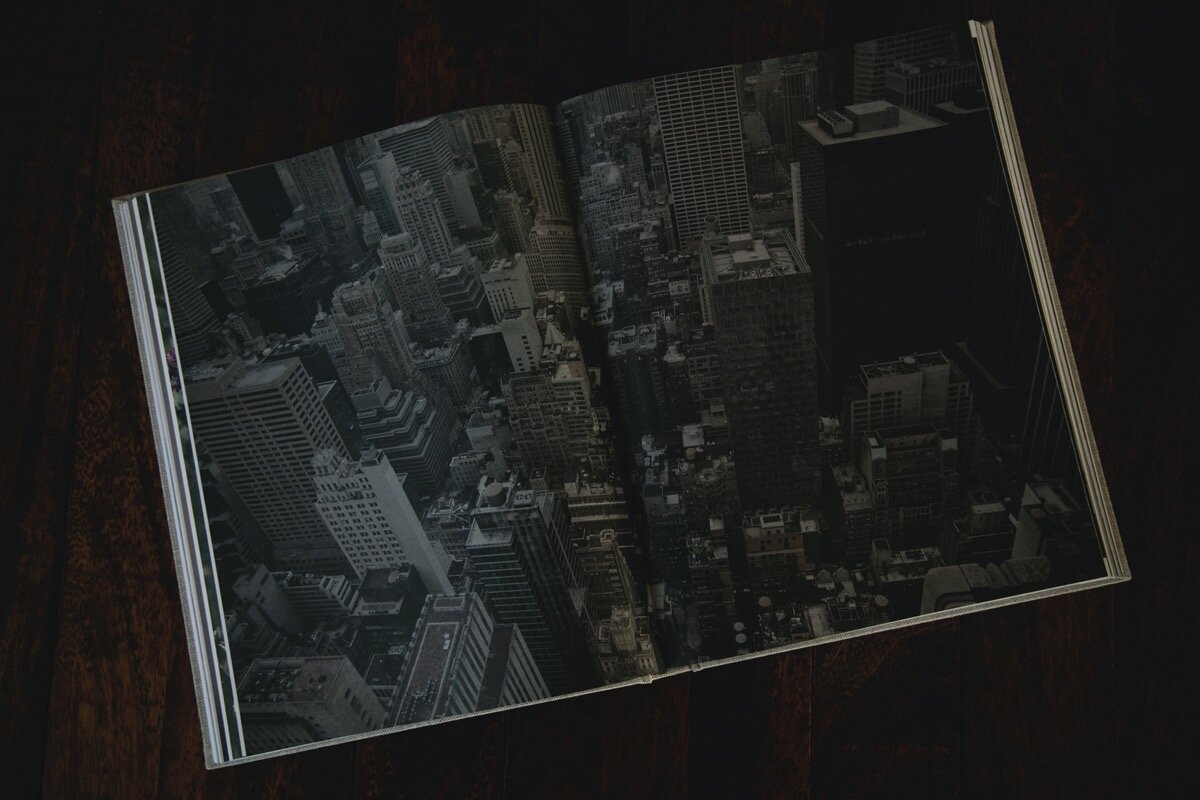
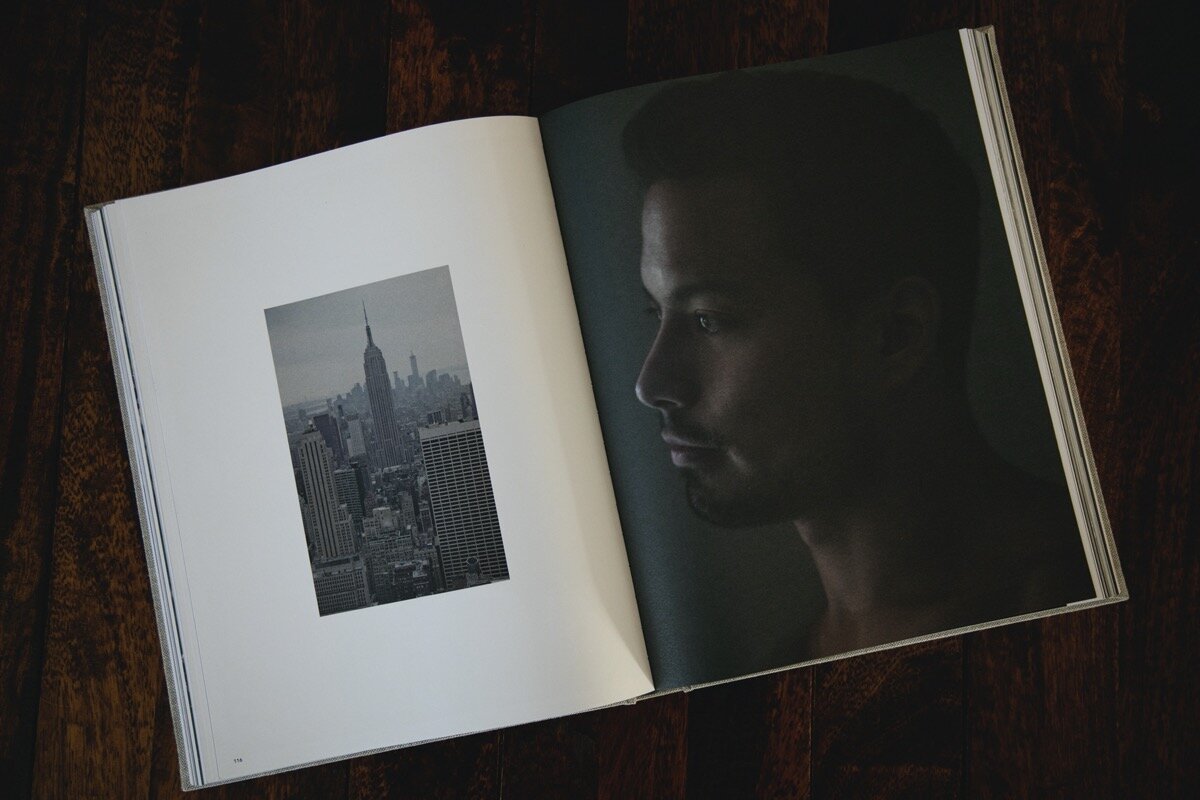
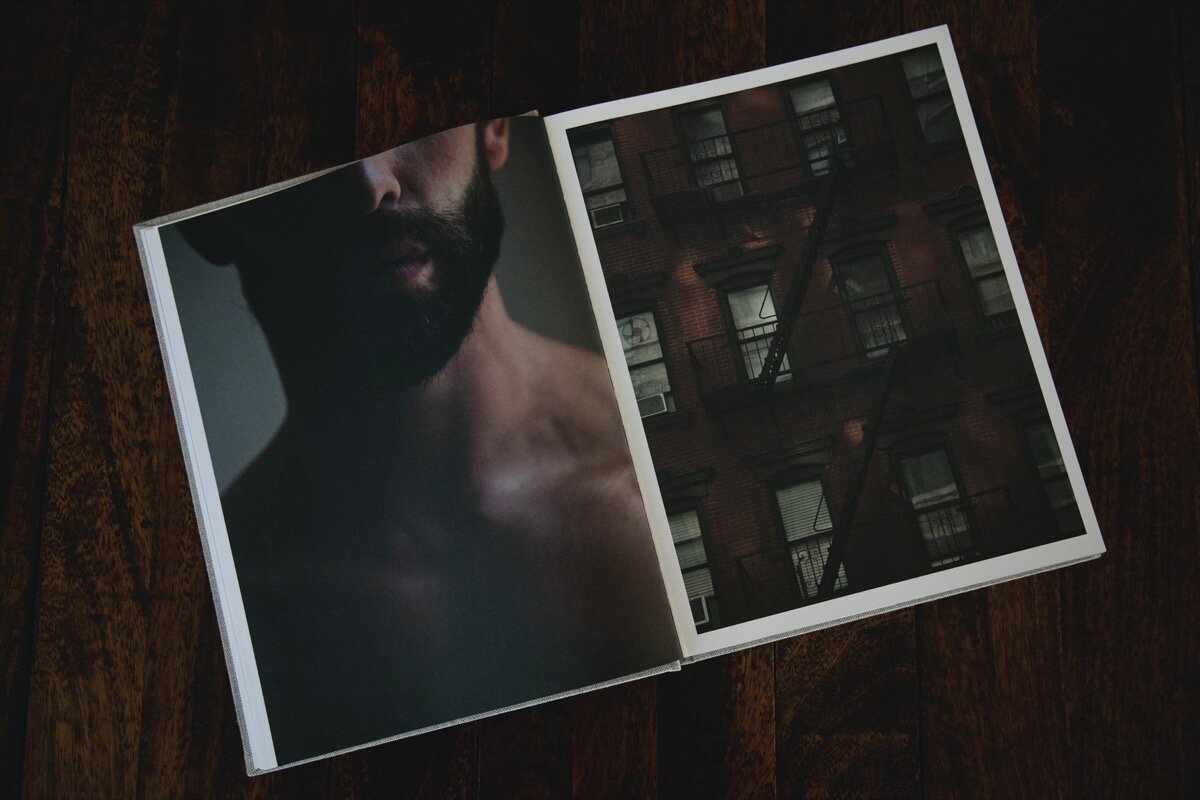




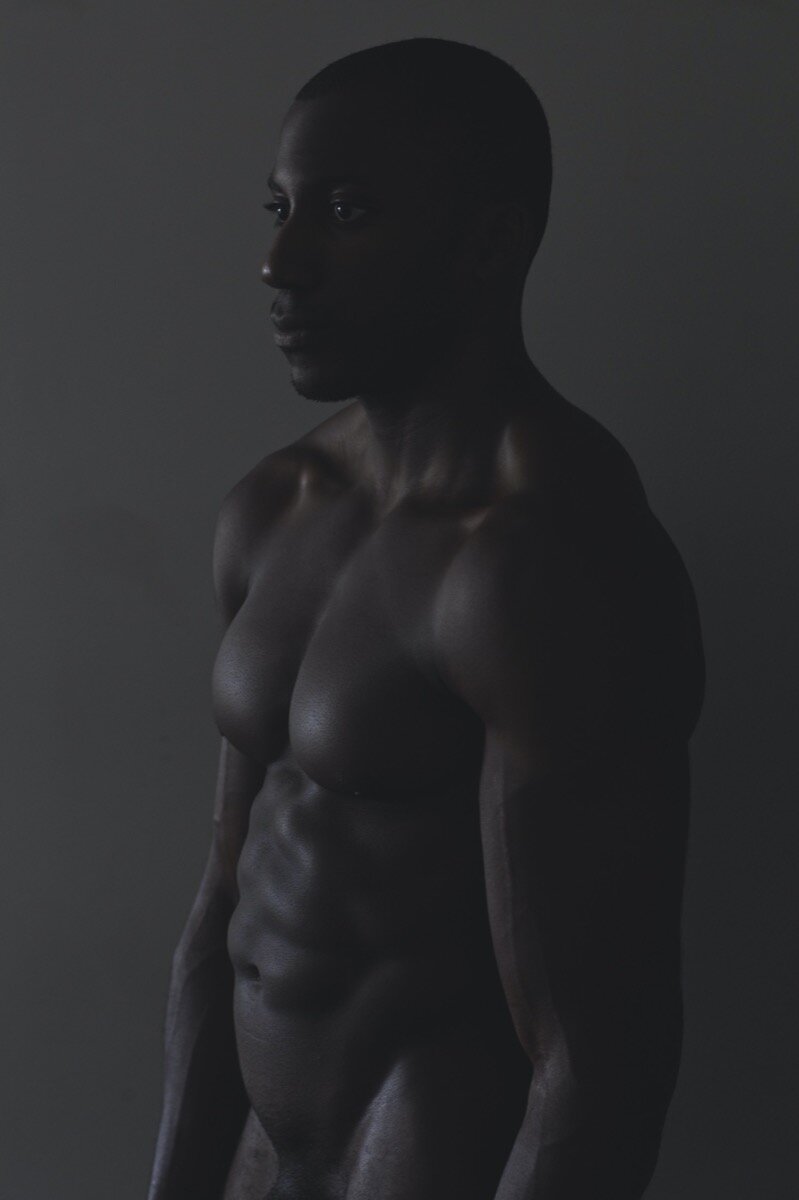






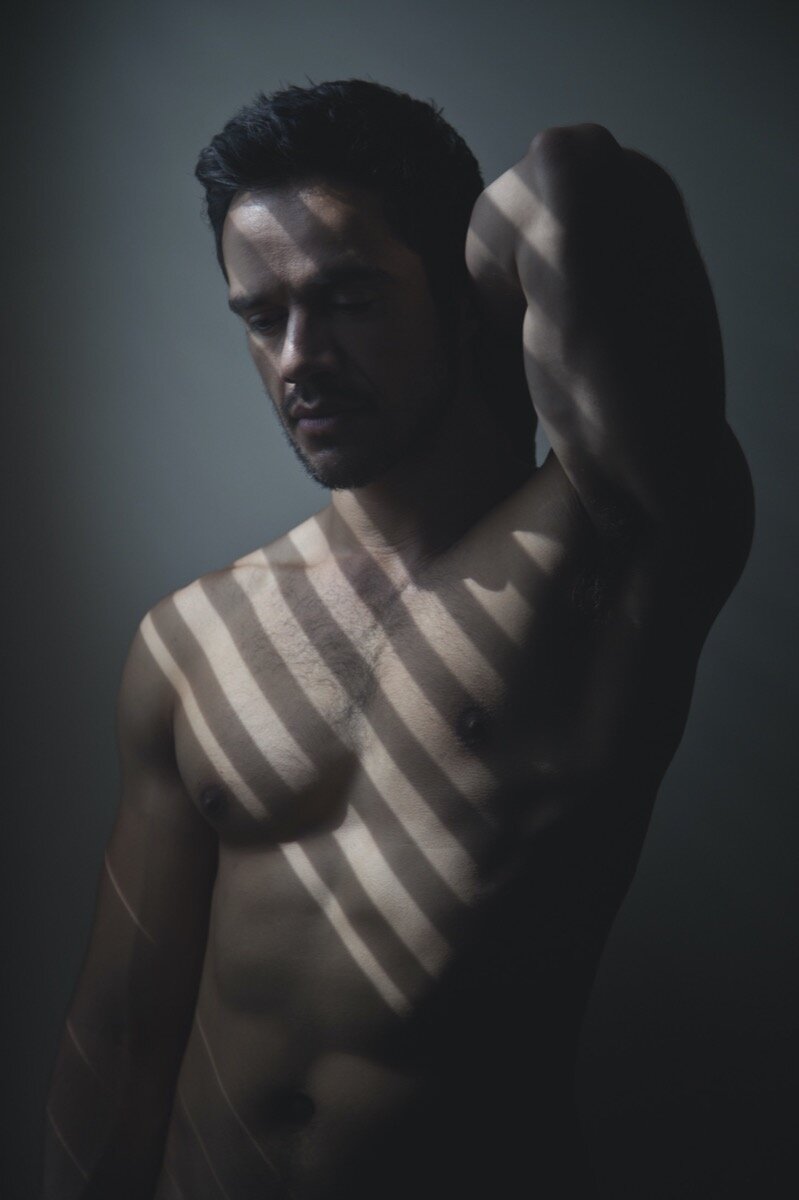



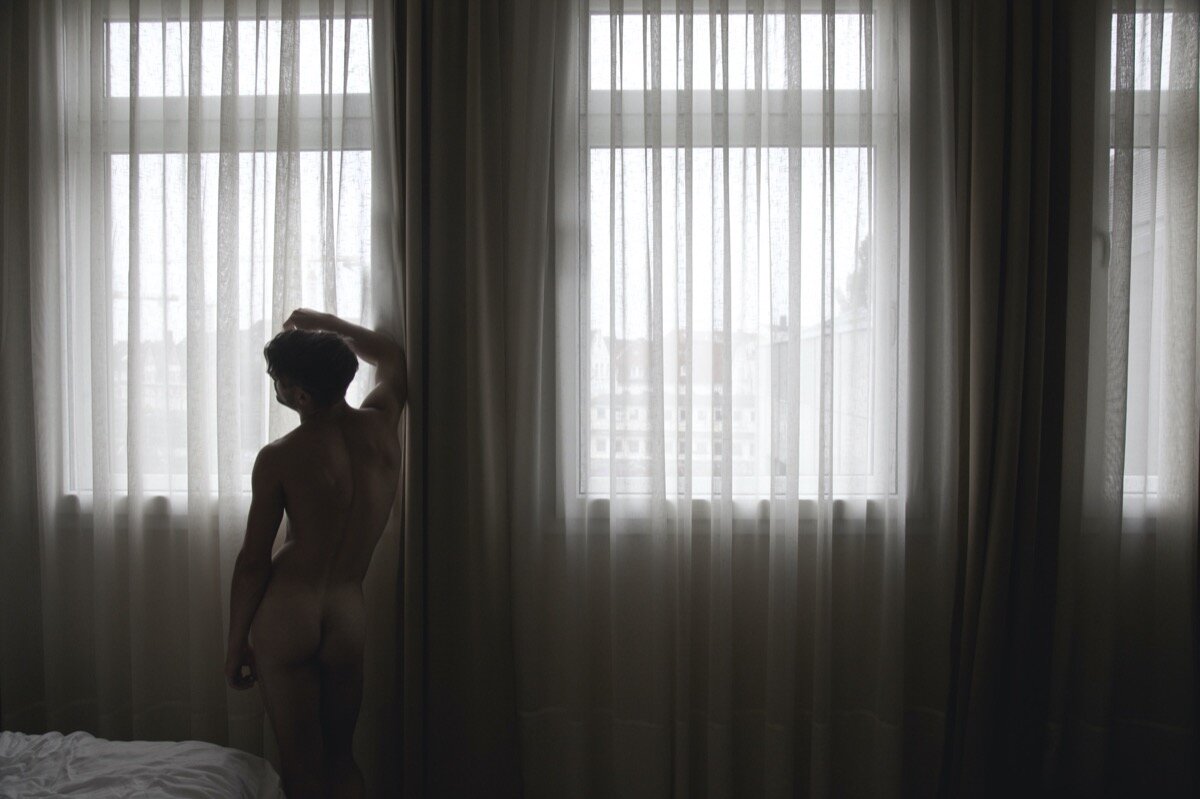
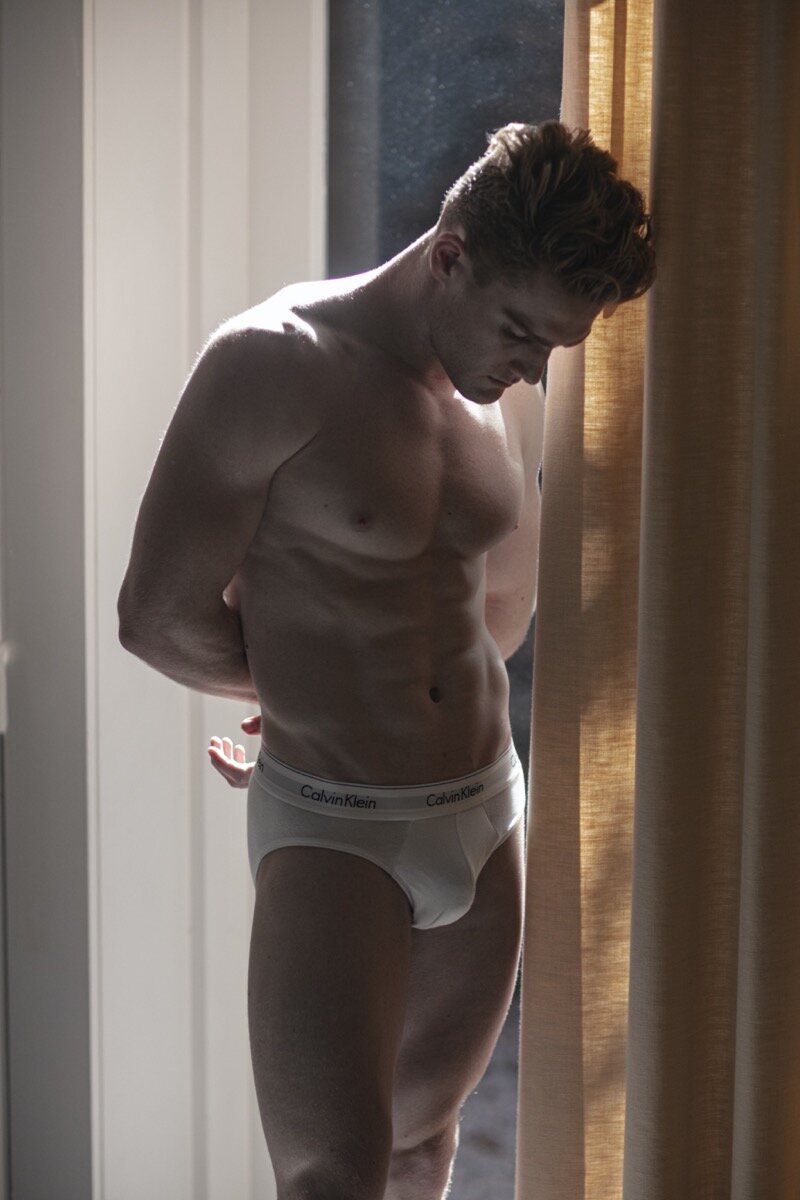















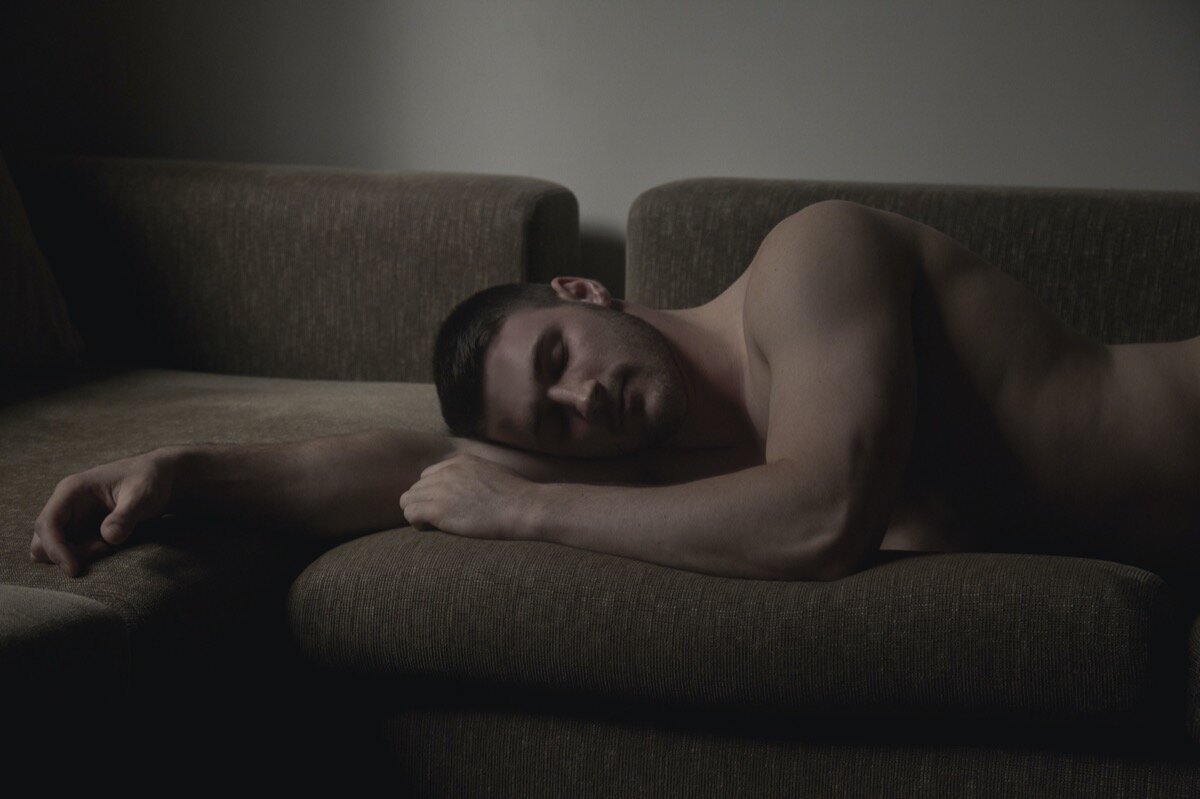



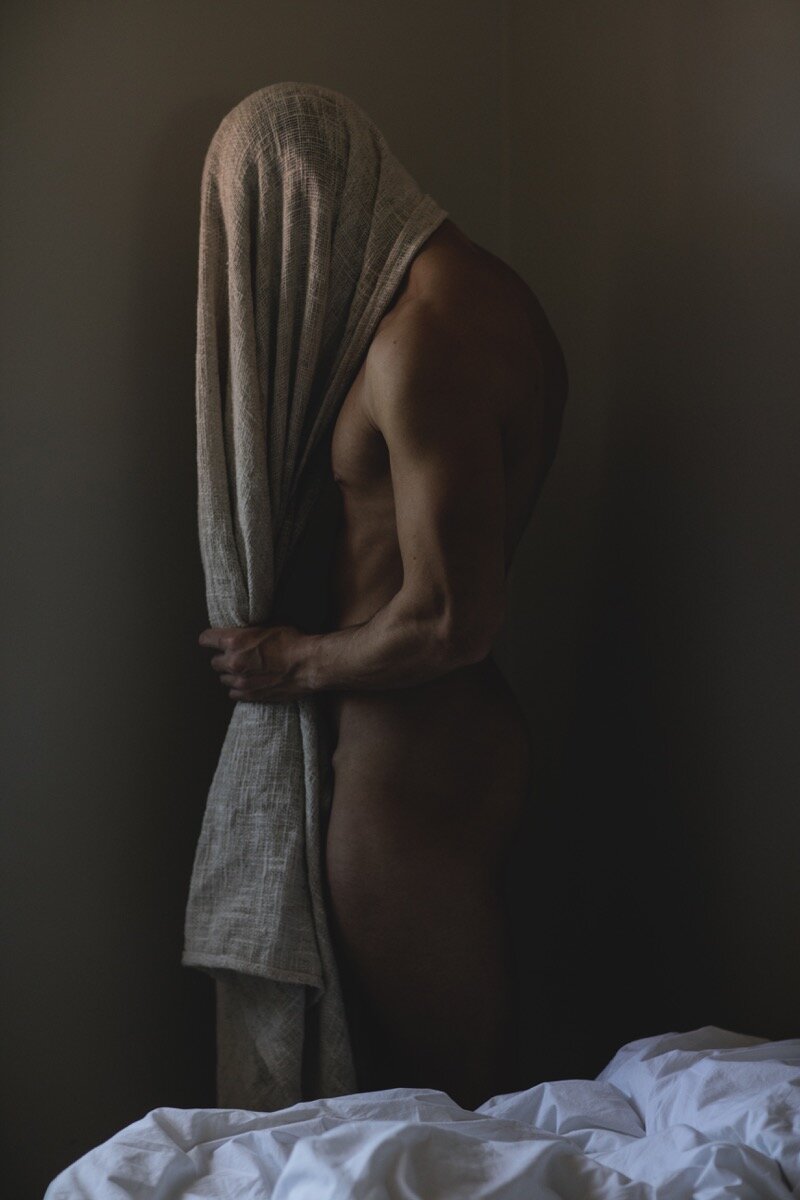






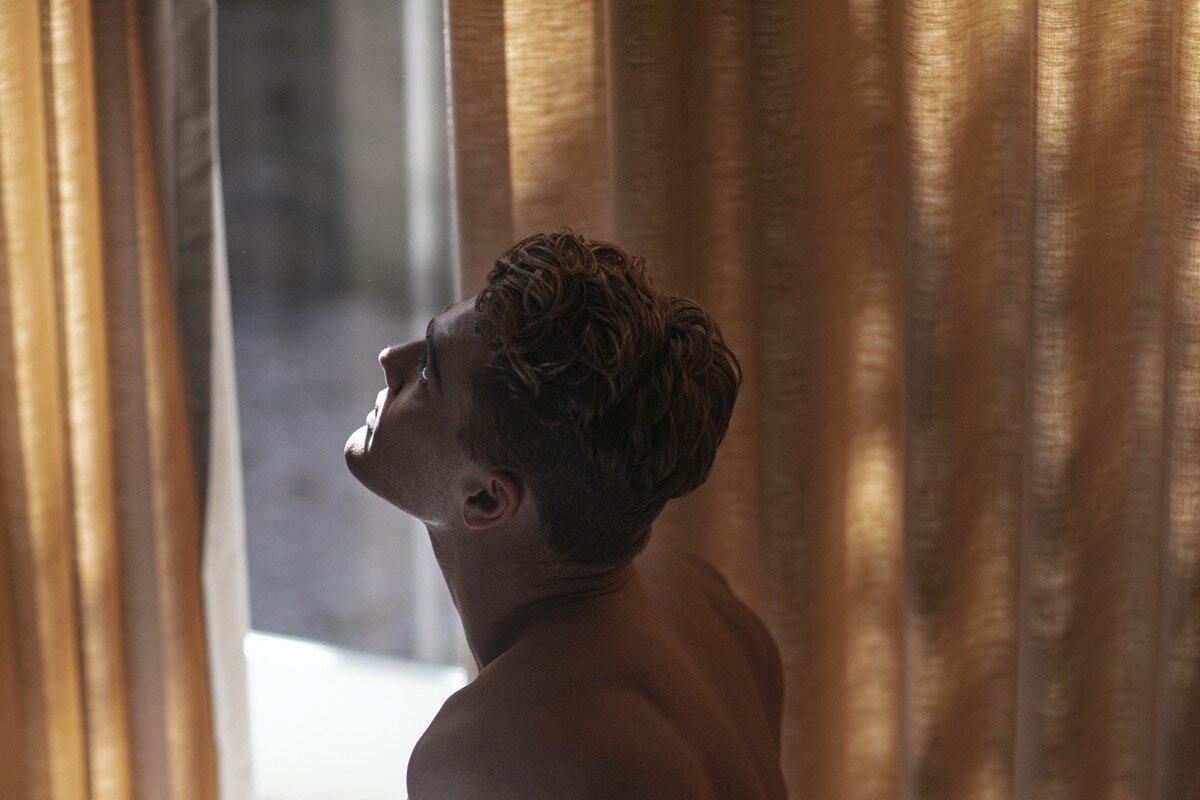

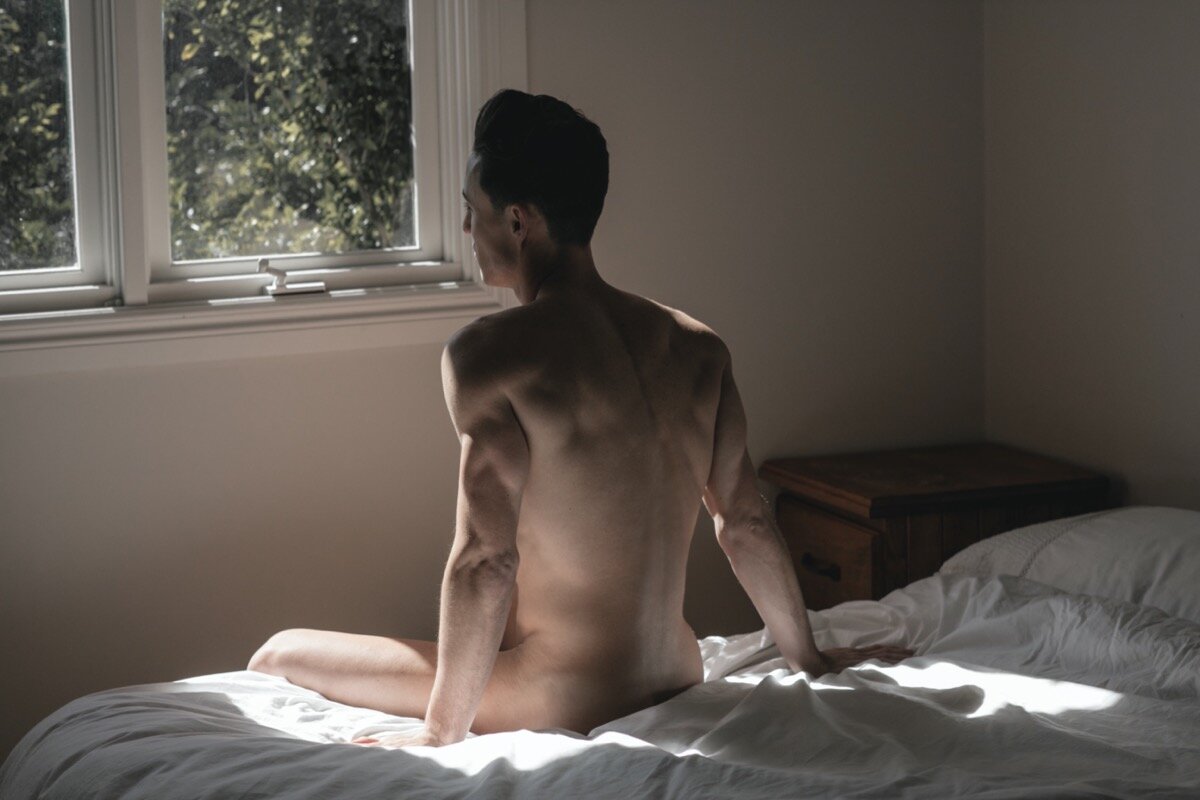









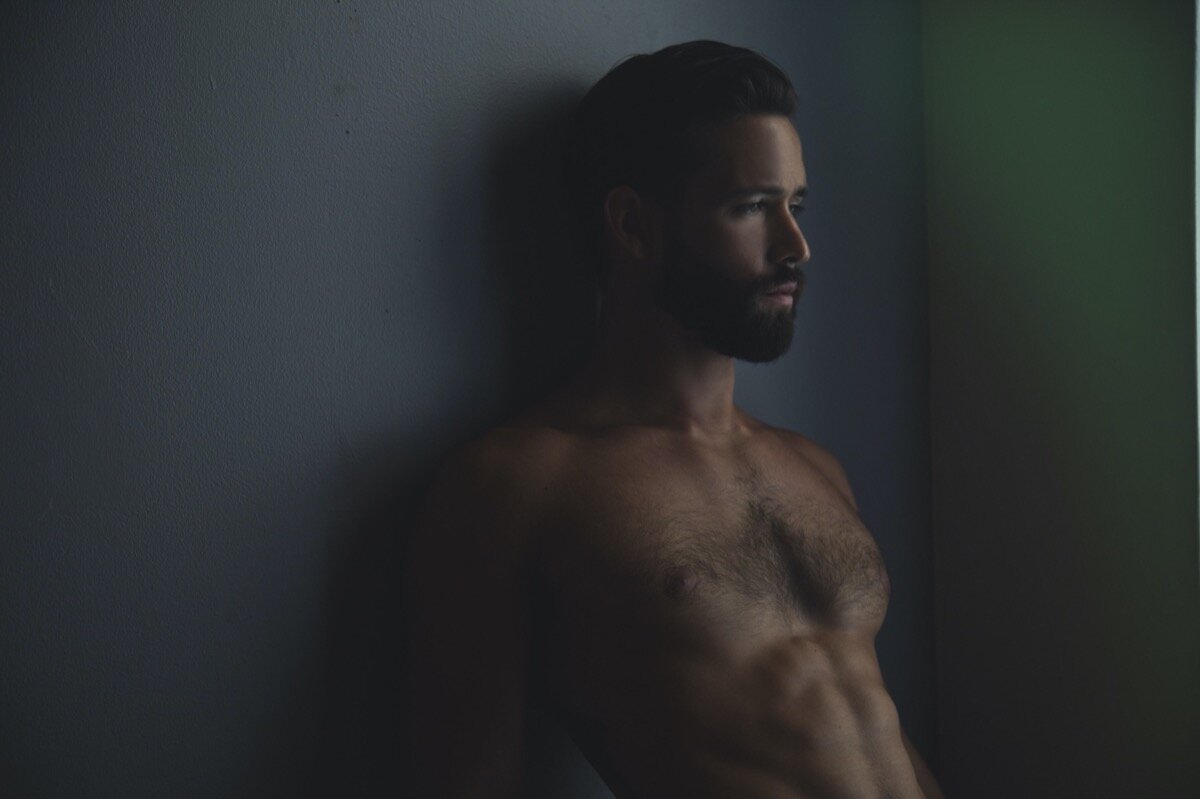
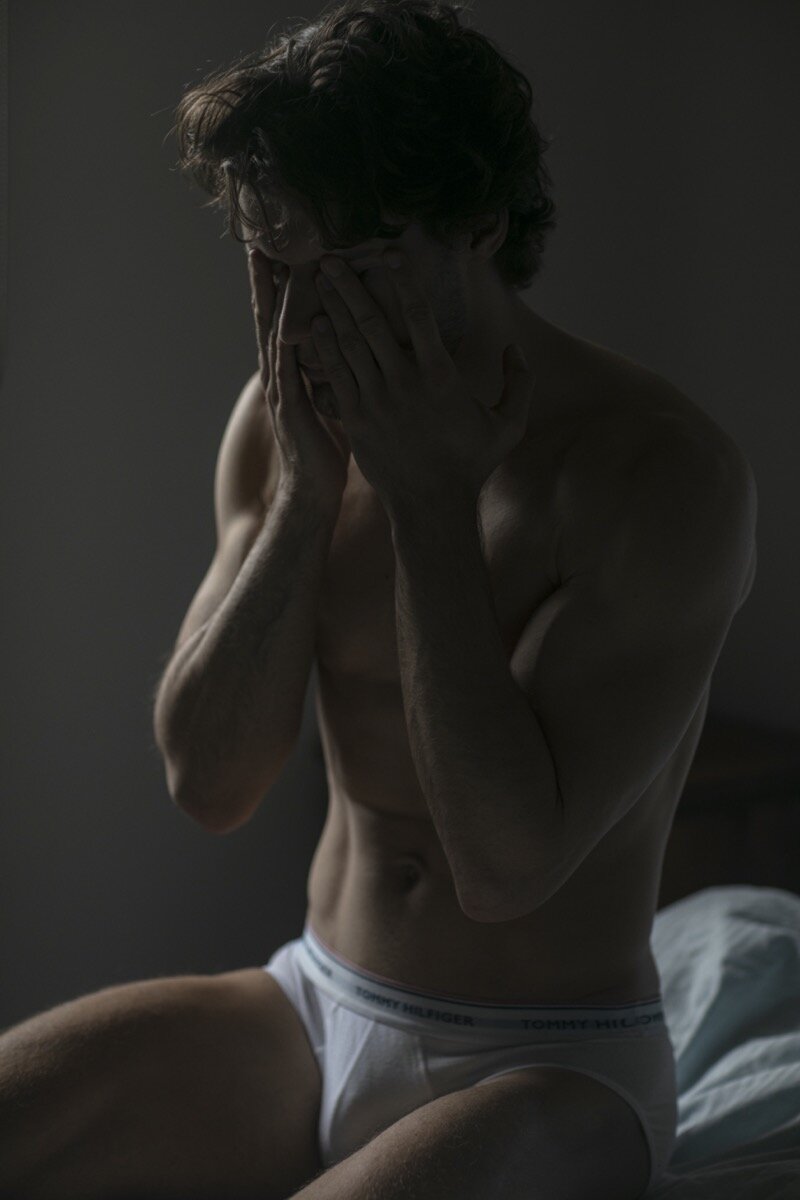


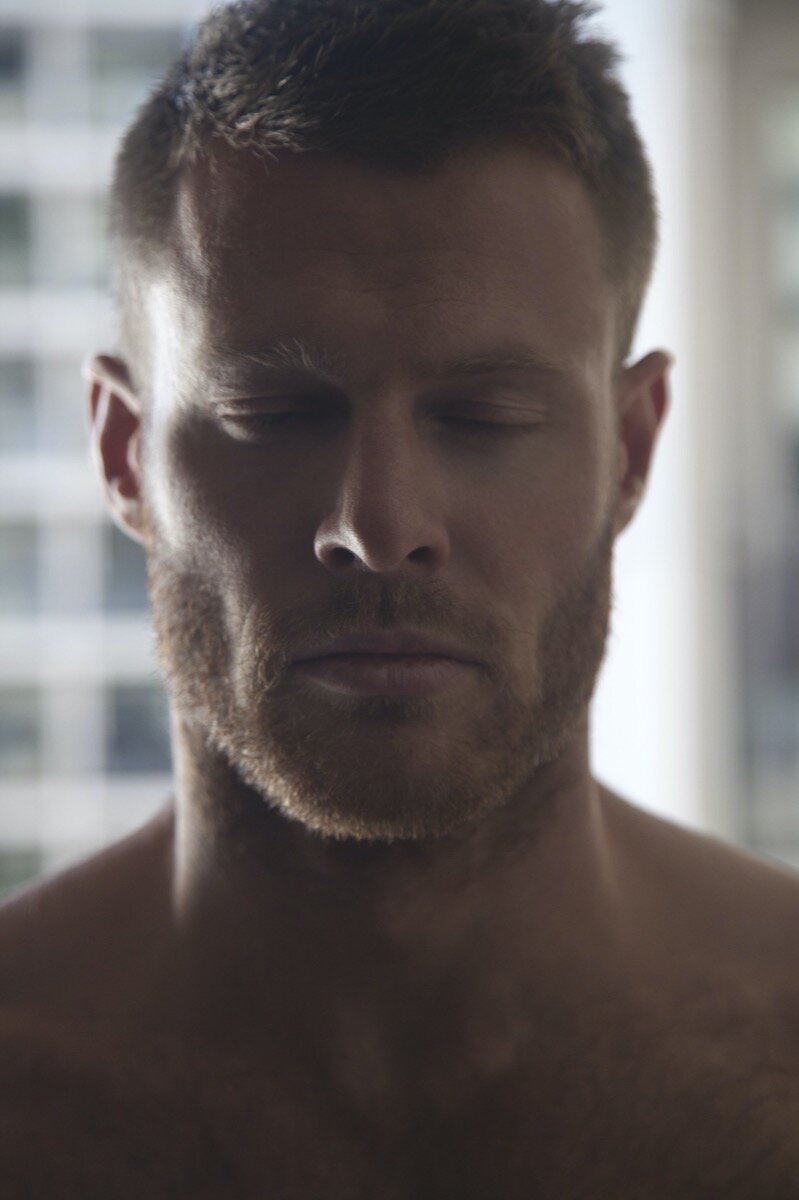
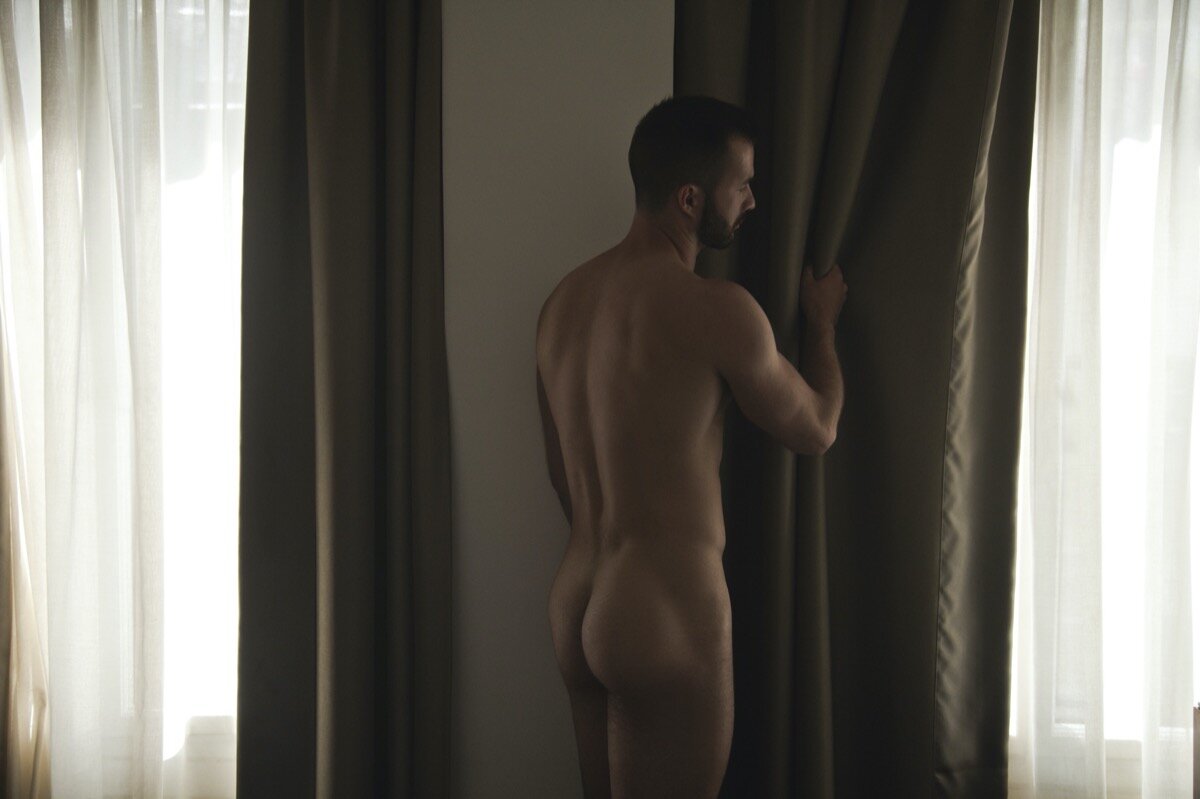

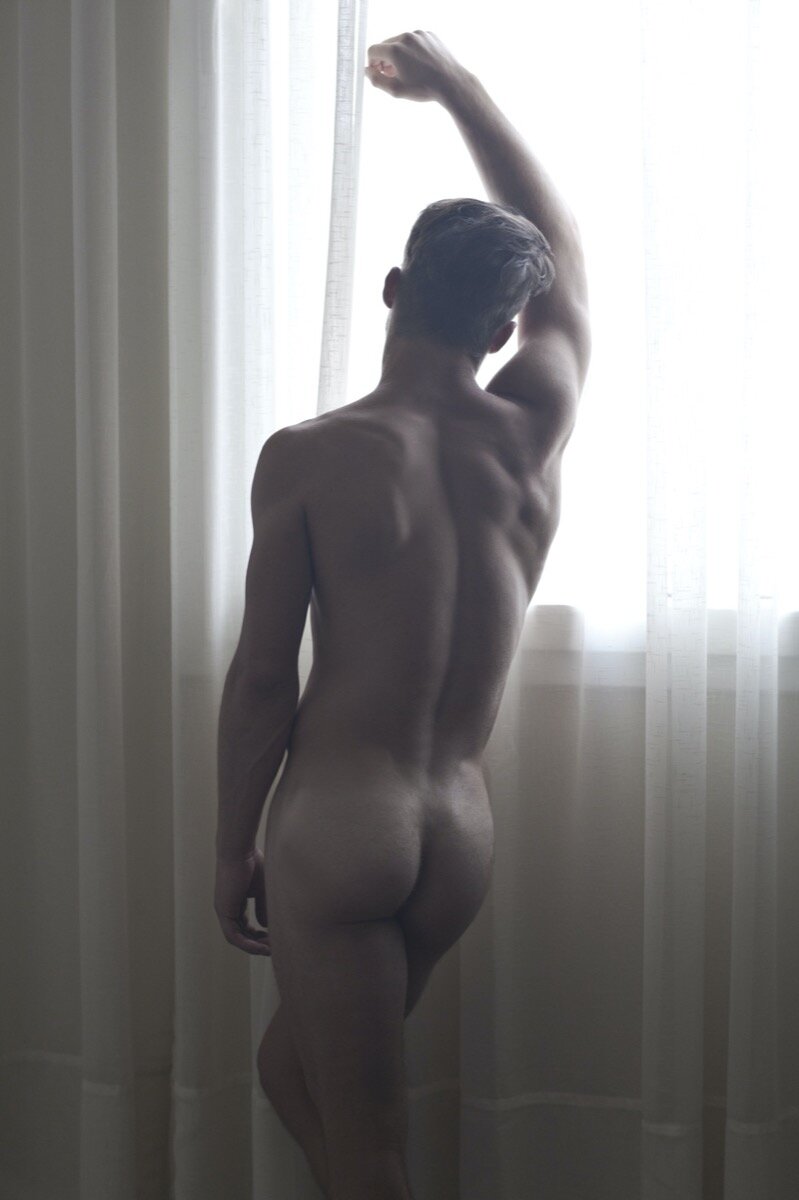


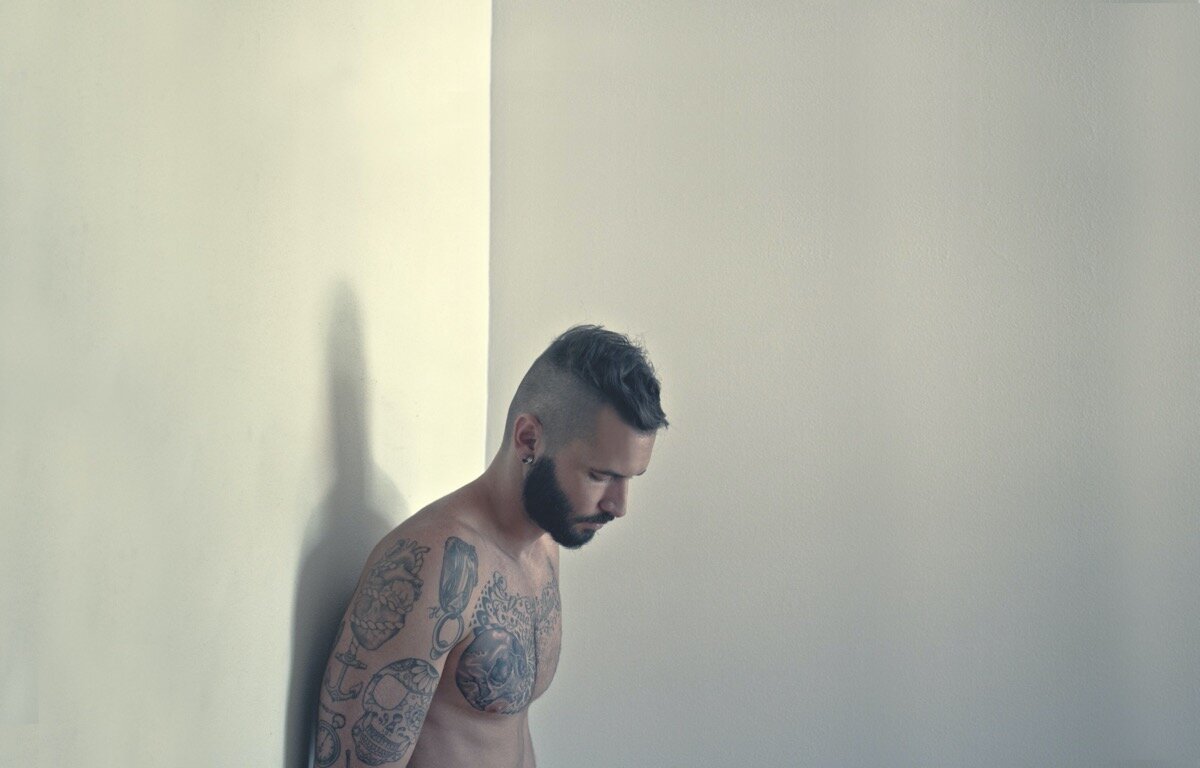
New York – the quintessential modern city with its iconic landmarks, boroughs and flavours. These much- loved images are treasured in the minds of millions worldwide. Yet somehow, despite its global familiarity, there is a New York City that goes entirely unnoticed, overlooked as much by native New Yorkers as by it’s endless stream of visitors and voyeurs – it is the hidden, serene and dream-like underbelly of the most energetic and frenetic city on earth.
It is this New York that Jake Weisz has uncovered and exposed with his inspiring and sensitive photography. It’s what makes his work so unique. The city found in the pages of Reverie is a New York seen through fresh eyes, reinvigorated and renewed.
Historically, New York has been viewed in terms of the teeming masses that populate the island of Manhattan, the vast subway system and towering skyscrapers. What Jake Weisz so effortlessly offers us is an extraordinary and insightful alternative to these popular ideas. The grand, theatrical image of New York City is distilled to a single sidewalk, to a single man’s breath caught in the morning air.
By tying together images of the city with portraits of the men who inhabit it, Reverie is a body of work that succeeds in the difficult task of portraying both strength and vulnerability simultaneously. The strength of the city’s architecture is reflected in the power and virility of the men depicted, while the inherent vulnerability of bare flesh bleeds into the image of a city that might otherwise be impenetrable.
In Reverie, New York City is presented in a profoundly personal and intensely beautiful way, rather than in the superficial and clichéd way to which we are accustomed.
In these pages we are treated to a city of stark streets that are yet to feel the day’s first footsteps. Of faces hidden in the shadows beneath fire escapes or fallen trash cans. A city where the eerie glow of a golden streetlight reflects the faces of passing strangers. A city that is stark and empty while simultaneously bursting with uncontrolled vitality and urgency.
This is the New York City that weathers storms. A city that has burned, fallen and risen again and continues to breathe and beat on. After another creaky night, after the dreams of eight million sleepers, the sun edges up beyond the towering skyline in a flood of flaming orange - New York City awakes again.
Although the sleepers of the city awaken, their dreams linger. A man throws off his sheets, stretches upwards and outwards in the crisp morning air, breathes in his city, breathes out his self. The rumbling city seeps into his imagination and he pauses, rests, resets. He draws the curtain aside and for a moment is blinded. A flood of sunlight washes over him and he is made luminous. As the city comes into focus before him he inhales and New York City breathes with him.
The city is alive with moments like this. Its citizens crammed together in its dense towers, yet lonely and disparate – each caught up in his own thoughts, his own fanciful musings. Loneliness is rife in cities, a paradoxical symptom of their perpetual crowds. It is loneliness that is masked by the chaos, as is beauty too - a quiet beauty that Jake Weisz captures in his photographs, the kind of beauty that takes our breath away.
The images in this book open a window for us to examine the secrets and dreams of New York City and the men who inhabit it, the moments that might otherwise go unnoticed or unseen. The soft-bellied vulnerability that is exposed when we are laid bare.
Reverie resides in the place where the physical plane and the imaginative world meet. As we turn each page, we are transported by the tangible, tender bodies juxtaposed with the harsh, concrete city into the minds of Jake Weisz’s subjects––into that indescribable space between consciousness and dreaming - the space where each of our private fantasies, at least for a moment, seem part of our day-to-day world.
It is this moment that Jake Weisz invites us to finally touch.

